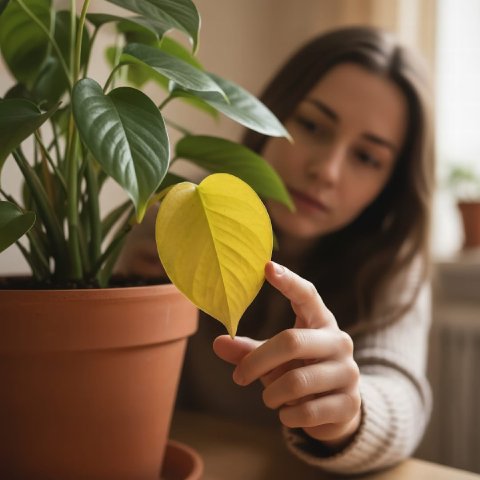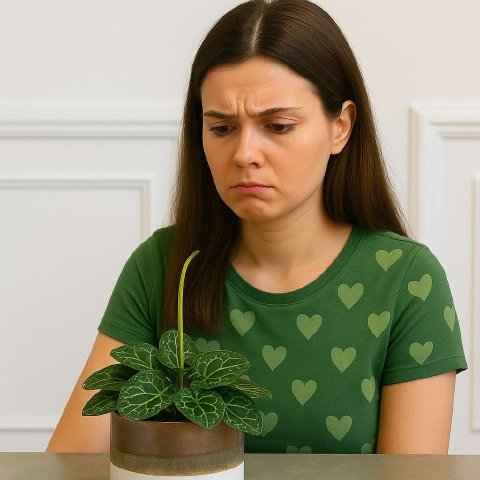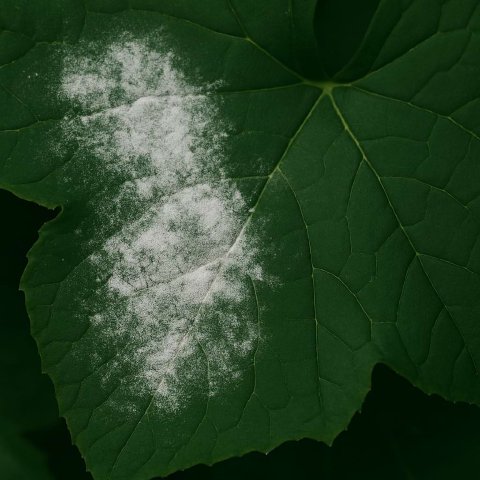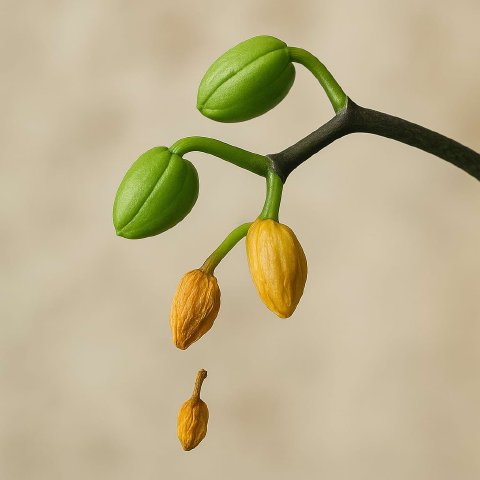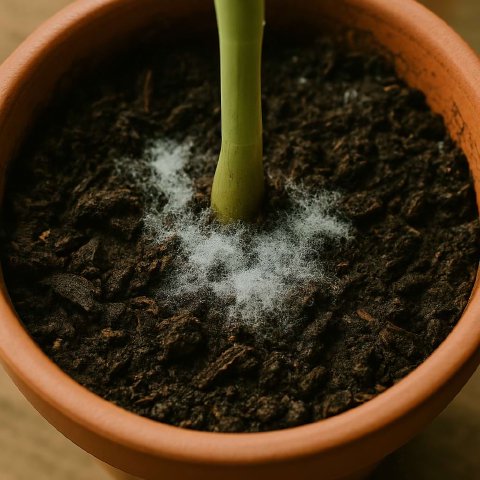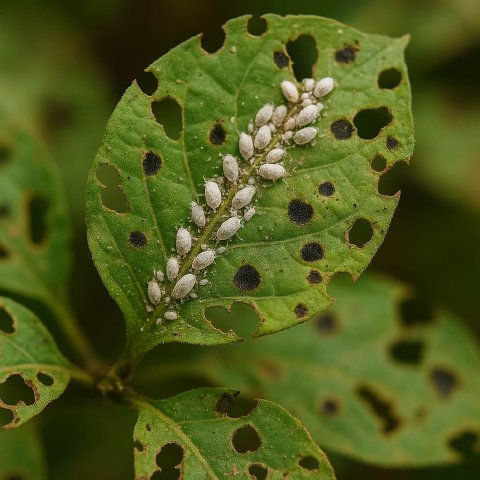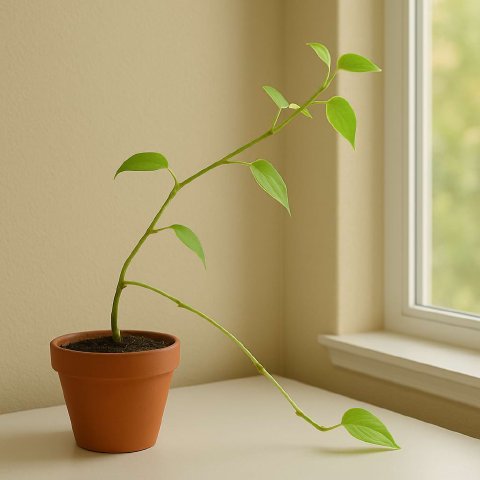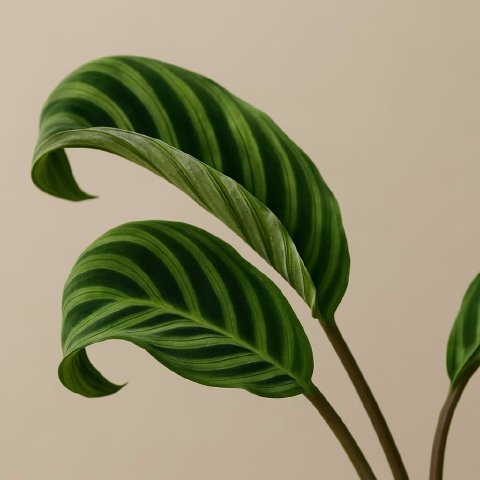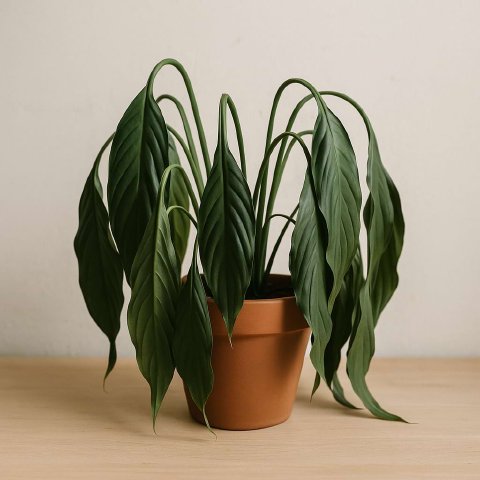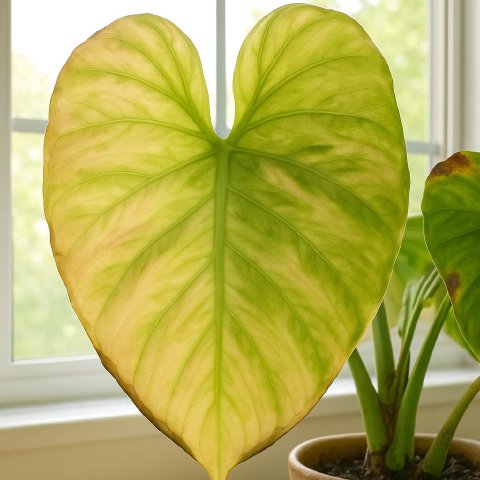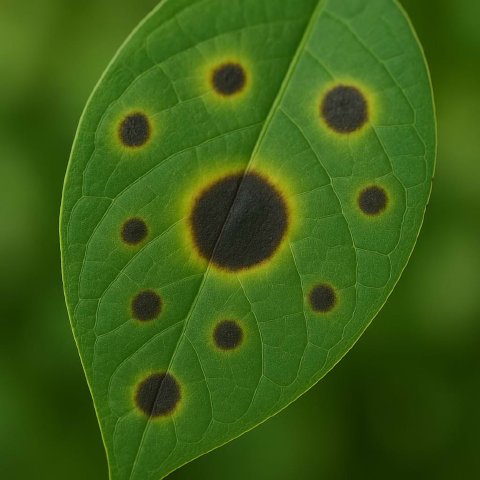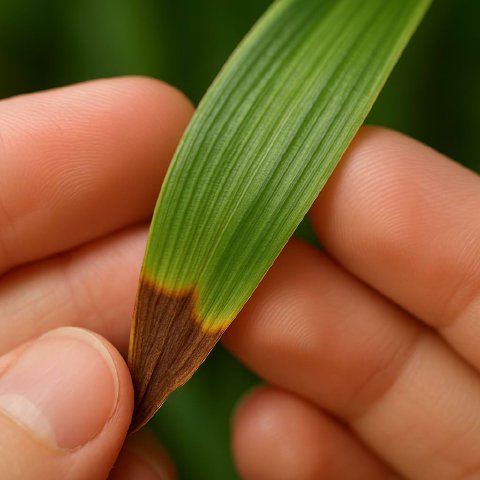🪴 In This Guide 🪴
🎯 Bumps on Leaves? Let's Diagnose Edema
Quick Diagnostic Chart
Hello, plant parents! Anastasia here. Have you discovered strange, raised bumps, watery blisters, or hard, corky spots on your plant’s leaves, especially the undersides? Before you panic about pests or disease, you are most likely looking at edema (also spelled oedema).
Edema is not a disease. It’s a physiological disorder that happens when the roots take up water faster than the leaves can release it. It’s a water pressure problem.
| If you see… | And the plant’s environment is… | It’s likely… |
|---|---|---|
| Water-soaked blisters or hard, corky, tan-colored bumps | Inconsistent watering (dry then drenched) | Classic Edema (from watering) |
| Bumps, especially on lower/older leaves | Cool, humid, and low-light | Environmental Edema (poor transpiration) |
| Hard brown bumps that you can scrape off | N/A | This is NOT Edema (It’s likely Scale Insects) |
🤔 What Is Edema?
The Over-Inflated Water Balloon
Think of the cells in a plant’s leaf as tiny water balloons. They are designed to be full and firm. The plant absorbs water through its roots and releases it as vapor through tiny pores in its leaves (a process called transpiration).
Edema happens when this system gets out of balance. The roots absorb water much faster than the leaves can release it. This creates immense pressure inside the leaf cells. Eventually, the “water balloons” become so full that they burst. These ruptured cells die and form a scar, which we see on the outside as a blister that later becomes a hard, corky, or crystalline bump.
🌿 Top 3 Causes of Edema and How to Fix Them
Cause #1: Inconsistent Watering
This is the #1 cause of edema.
- Why it happens: You let the plant get very dry, so its roots are primed to absorb as much water as possible. Then, you give it a huge, thorough watering. The thirsty roots go into overdrive, sending a flood of water up to the leaves. The leaves, however, can’t release the water that quickly, causing their cells to burst. This “drought-then-flood” cycle is a recipe for edema.
- How to check: Be honest about your watering habits. Do you sometimes forget to water for a while and then give it a big drenching to make up for it?
- The Fix: Strive for consistency. Check your plant’s soil regularly. Water thoroughly when the top 1-2 inches are dry, before the entire pot becomes a desert. This provides a steady, manageable supply of water to the roots.
Cause #2: Poor Environmental Conditions
Anything that slows down transpiration can cause edema.
- Why it happens: Even with perfect watering, edema can occur if the leaves are unable to release water vapor effectively. The main culprits are:
- High Humidity: If the air is already saturated with moisture, water can’t evaporate from the leaves.
- Low Light: Photosynthesis and transpiration slow down dramatically in low light.
- Poor Airflow: Stagnant air traps a layer of humidity right around the leaf, preventing more from being released.
- Cool Temperatures: Plants transpire less when it’s cool.
- How to check: Is your plant in a dark corner? A crowded spot with no airflow? A cool basement?
- The Fix: Improve the plant’s environment. Move it to a spot with brighter, indirect light. Increase air circulation with a small fan or by giving plants more space. Avoid watering late at night when transpiration is naturally at its lowest.
Cause #3: Compacted or Poorly Draining Soil
The problem can start with the soil itself.
- Why it happens: A heavy, dense potting mix holds onto too much water for too long. This keeps the area around the roots constantly saturated, even with infrequent watering, encouraging over-absorption of water.
- How to check: Does water sit on top of the soil for a long time before draining? Is the soil heavy and muddy rather than light and fluffy?
- The Fix: Repot the plant into a more appropriate, well-aerating soil mix. For most houseplants, a mix amended with plenty of perlite, orchid bark, or pumice will improve drainage and airflow to the roots.
🛡️ How to Prevent Edema in the Future
Best Practices for Healthy Leaves
- Water Consistently: This is the most important rule. Avoid the “feast or famine” watering cycle.
- Provide Good Light & Airflow: A healthy environment allows the plant to transpire efficiently, keeping its internal water pressure balanced.
- Use Well-Draining Soil: The right soil mix is the foundation of a healthy root system and proper water management.
- Water in the Morning: Watering early in the day gives the plant the entire day, when light and temperatures are highest, to process and transpire the water.

